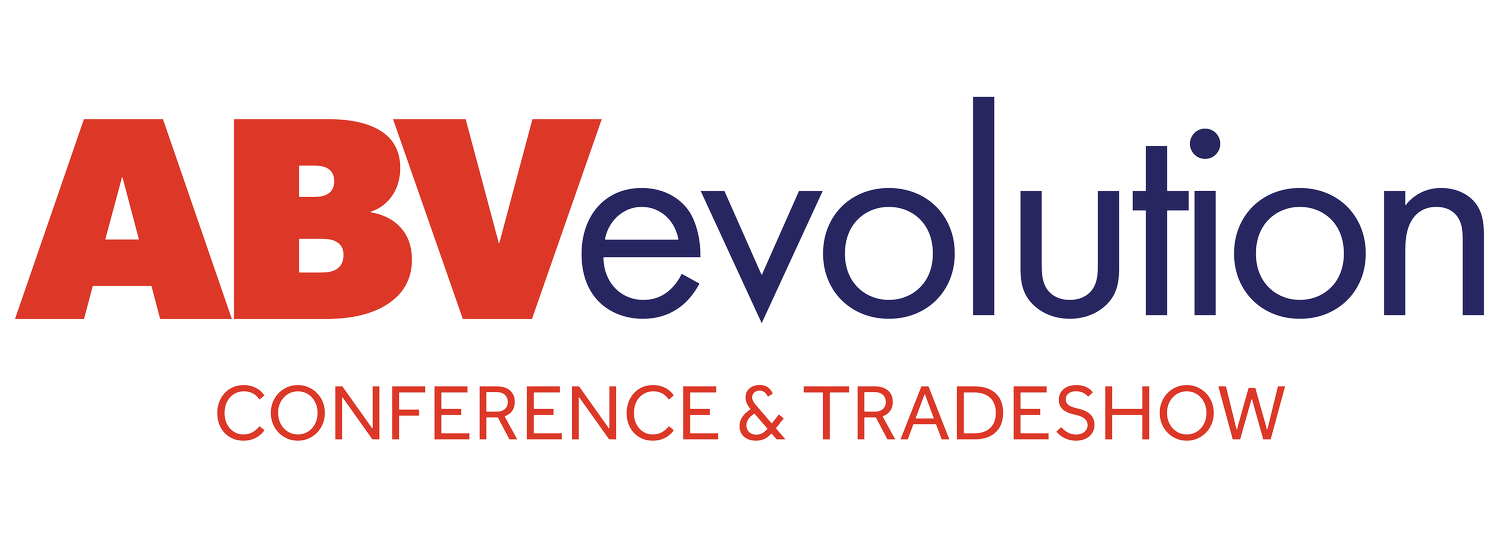Risks of AI Search for Sales & Brand Awareness in the Adult Beverage Industry
Understanding the evolving consumer discovery landscape
OVERVIEW
Generative AI is changing how consumers search, learn, and buy
Traditional search behavior and brand discovery are being disrupted
This poses new risks to brand visibility, loyalty, and conversion in the adult beverage space
RISK 1: LOSS OF BRANDED SEARCH TRAFFIC
AI search delivers direct answers, bypassing websites and branded content
Fewer visits to owned assets (e.g., brand sites, tasting room pages)
Impact: Reduced DTC conversions, mailing list sign-ups, and event awareness
Example: A query like “best bourbon for old fashioneds” yields AI summaries—not links to specific brands like Bulleit or Woodford Reserve, etc.
RISK 2: COMMODITIZATION OF PRODUCT RECOMMENDATIONS
AI prioritizes product attributes (ABV, style, price, awards) over brand equity
High-end or craft brands may be equated with cheaper alternatives
Impact: Loss of premium positioning, especially among discovery-phase consumers
Example: Instead of recommending Stag’s Leap, AI suggests “any California Cab aged in oak with 14%+ ABV”
RISK 3: DECLINE IN SEO & PAID AD ROI
AI reduces clicks on search ads and organic links
Traditional investments in content and PPC may underperform
Impact: Reduced ROI from digital ad campaigns and lower web visibility
Example: A Google query for “best tequila under $50” gets answered by AI—ad impressions and link clicks drop
RISK 4: BRAND MISREPRESENTATION
AI may use outdated, inaccurate, or third-party content to describe brands
Lack of control over how tasting notes, production methods, or values are presented
Impact: Consumer trust and brand identity suffer
Example: AI incorrectly says your whiskey isn’t small-batch or suggests you use additives
RISK 5: EROSION OF DISCOVERY & IMPULSE PURCHASES
AI search is utilitarian — focused on solving for “best” or “top-rated”
Brands lose opportunities to inspire or emotionally engage buyers
Impact: Fewer impulse buys, less aesthetic-driven trial, weaker storytelling
Example: No visual bottle recognition, shelf appeal, or cocktail pairing inspiration
RISK 6: LOSS OF FIRST PARTY DATA
Fewer users visiting brand sites means fewer opportunities to collect emails, preferences, and behavior insights
Impact: Harder to build loyalty programs, retargeting pools, and direct CRM channels
Example: Consumers who once visited your tasting room page now get AI-curated directions or product info instead
RISK 7: OVERRELIANCE ON RETAIL PLATFORMS
AI increasingly pulls data from retail sites (e.g., Drizly, Instacart, Total Wine)
Brand visibility becomes dependent on 3rd-party platforms and ranking algorithms
Impact: Brands have less control over pricing, positioning, and access to consumer data
Example: AI recommends products based on platform reviews and availability—not brand story
